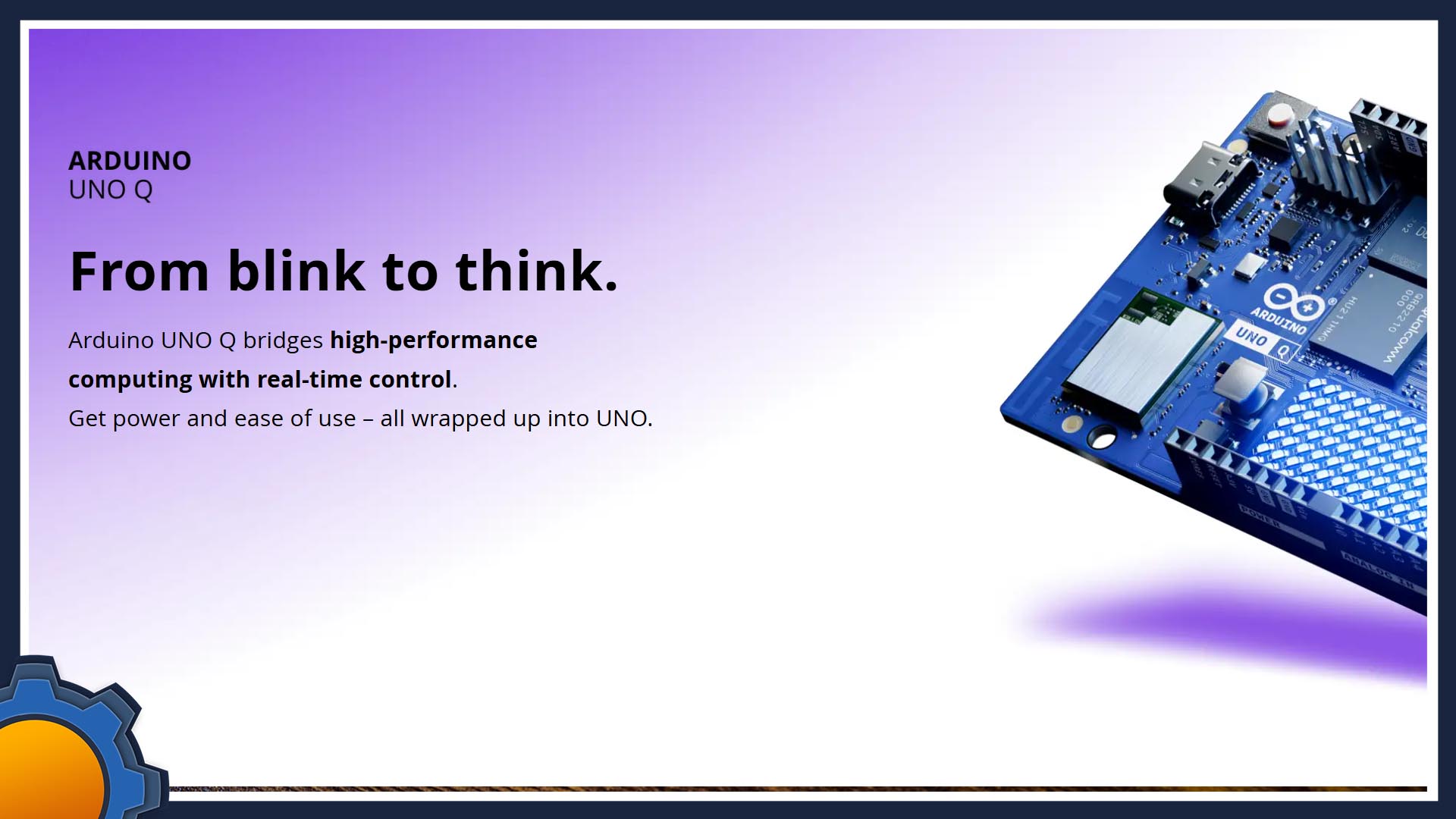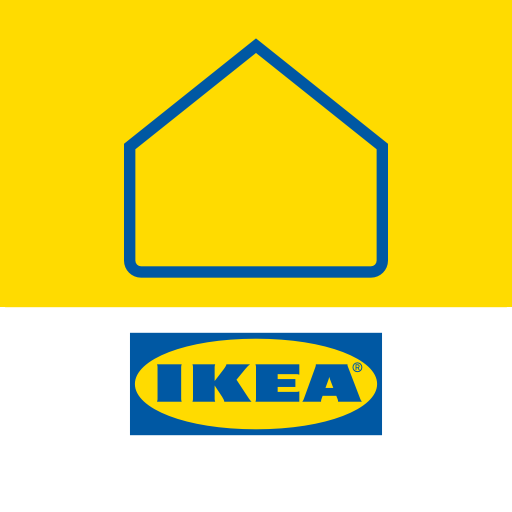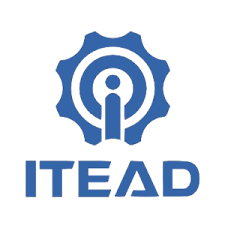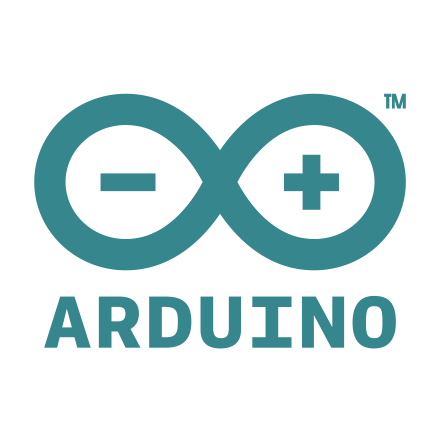The release of the Arduino Uno Q is the tech news of the day, but the story of the week has to be Qualcomm’s acquisition of Arduino. You might not care about the change of ownership, and that’s fine – but the Uno Q shows us the long-term impact of this shift and hints at the direction Arduino is heading.
The New UNO

The Arduino Uno has been a staple of maker projects for years. Its familiar shape, tried-and-tested I/O, and well-known microcontroller make it the perfect platform for driving your C++ code. Over time, the board has evolved: USB-C ports, onboard ESP32 chips for WiFi, and incremental improvements that keep it relevant.
Traditionally, Arduino Uno projects often relied on another computer to handle heavier infrastructure. While excellent at controlling motors, reading sensors, and managing electronics, the Uno lacked the processing power for complex user interfaces, data storage, or CPU-intensive tasks.
Enter Qualcomm. By adding a 64-bit Quad-core ARM Cortex-A53 Qualcomm® Kryo™ 2.0 GHz processor, the Uno Q becomes a single-board computer (SBC). Now it can handle CPU-heavy workloads while still interfacing seamlessly with the electronics you know and love. A quick look at the specs reveals a few interesting things:

Arduino Uno Q is the Uno board we all know and love, with a sophisticated CPU (and GPU) added as a bonus to replace the need for a separate SBC to complement your project.



The future of Arduino

I’ve always been impressed with Arduino’s long-term growth strategy. You could tell they had a plan years before most people realised it. It all started with open-source boards and a laser focus on community. Arduino understood early on that long-term success doesn’t come from just selling hardware – it comes from supporting it, building a loyal following around it, and letting that ecosystem grow naturally.
Of course, plenty of companies tried to copy the formula. They churned out near-identical boards, often cheaper, because they skipped the hard bit – investing in the community. The irony? Every “but you can get this clone so much cheaper” comment only proved Arduino’s point. Everyone wanted to build Arduino-based projects – they just wanted to do it for less.
But Arduino never really fought the clones. They encouraged people to use genuine boards but never threw shade at third-party options. The Arduino IDE itself was designed to work with all sorts of hardware, and that openness paid off massively. Fast-forward a few years, and Arduino wasn’t just a brand – it was the default language of makers. If you tinkered, prototyped, or built electronics for fun, chances are you started with an Arduino. Thousands of future engineers did too.
Then came the next logical move: go industrial. As a robotics engineer working in automation, I can confirm the “if it works, don’t fix it” mentality is alive and well. Breaking into that space is tough – big players dominate with decades of support, documentation, and engineers who know their systems inside out. But here’s the clever part: those new engineers entering the workforce? They already speak Arduino. So giving them an “industrial-grade” lineup that feels familiar is, frankly, genius.
From “hardened for industrial use” microcontrollers to full-blown PLCs, Arduino is now cashing in on all that groundwork. Years of brand-building and community support are paying off. The same young engineers who once soldered LEDs at home are now the people deciding what hardware goes into factory systems. Having a reliable, familiar product line ready for them isn’t just good business – it’s a masterclass in long-term thinking.
Qualcomm acquisition
Until now, demand for the CPU-bound tasks has been left unmet. Anyone looking at the Arduino product lineup knew they would need a 3rd party hardware to integrate it into systems. The boards weren’t designed to support the computing side of projects. Qualcomm’s expertise in CPU and energy-efficient processing feels like a great match.
Arduino Uno Q remains open-source, while Qualcomm’s business model relies on developing hardware and licensing its use in other systems. It opens Arduino to projects that involve AI, Edge Computing and Vision. Something that was previously very limited.
“Joining forces with Qualcomm Technologies allows us to supercharge our commitment to accessibility and innovation,” said Fabio Violante, CEO, Arduino. “The launch of UNO Q is just the beginning— we’re excited to empower our global community with powerful tools that make AI development intuitive, scalable, and open to everyone.”
Qualcomm’s press release
“Our passion for simplicity, affordability, and community gave rise to a movement that changed technology,” said Massimo Banzi, Co-founder, Arduino. “By joining Qualcomm Technologies, we’ll bring cutting-edge AI tools to our community while staying true to what has always mattered most to us.”
While the acquisition statements from both parties were very positive, upholding the ethos of open-source and community-driven innovation and progress, time will tell if Qualcomm shares the same approach to educating young engineers and reaping the benefits of that later.
Final Thoughts
I’m excited to see Arduino pushing out more powerful hardware. The Arduino Uno Q is a capable, low-power SBC that can handle both CPU-heavy tasks and the electronics side of your projects. It stays true to the open-source model, and at just €47.60, it’s a very compelling option compared to other SBCs on the market.
What do you think about Qualcomm’s acquisition of Arduino? Join the conversation and share your thoughts over on this Reddit thread.
📈 – See the transparency note for details.


























